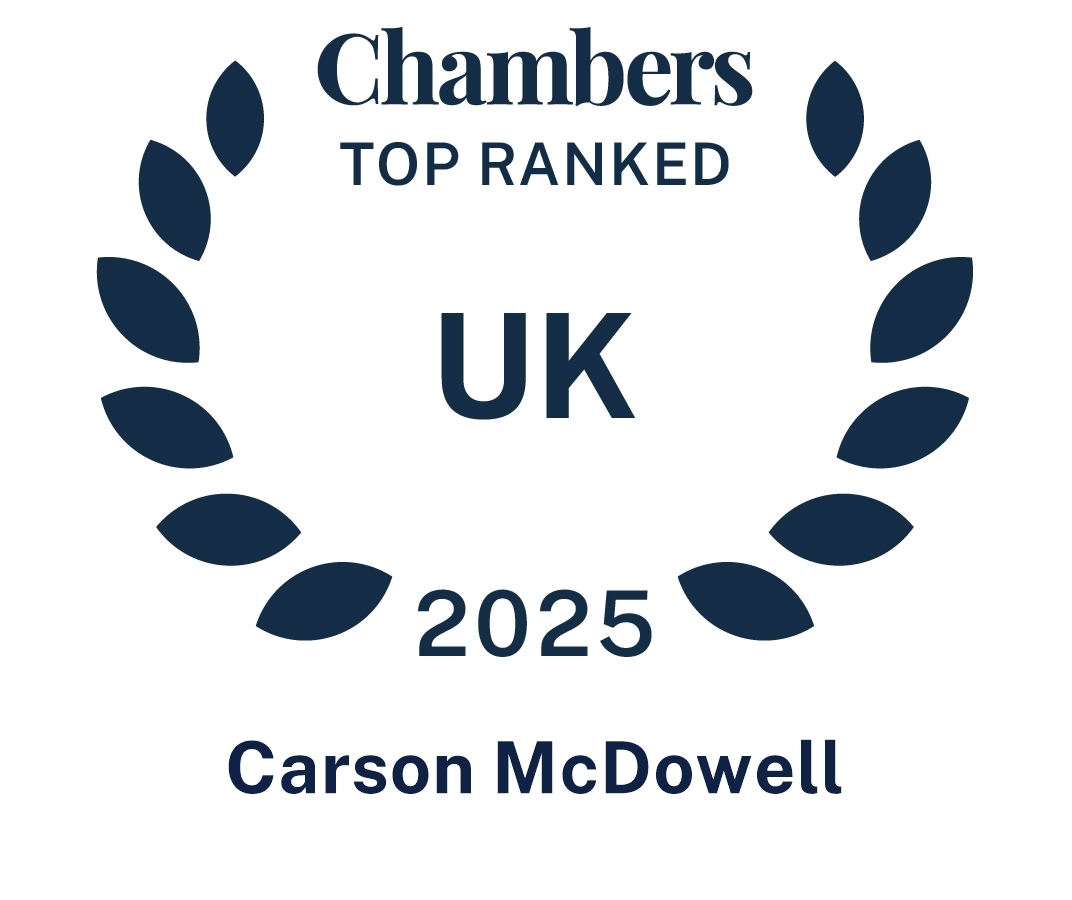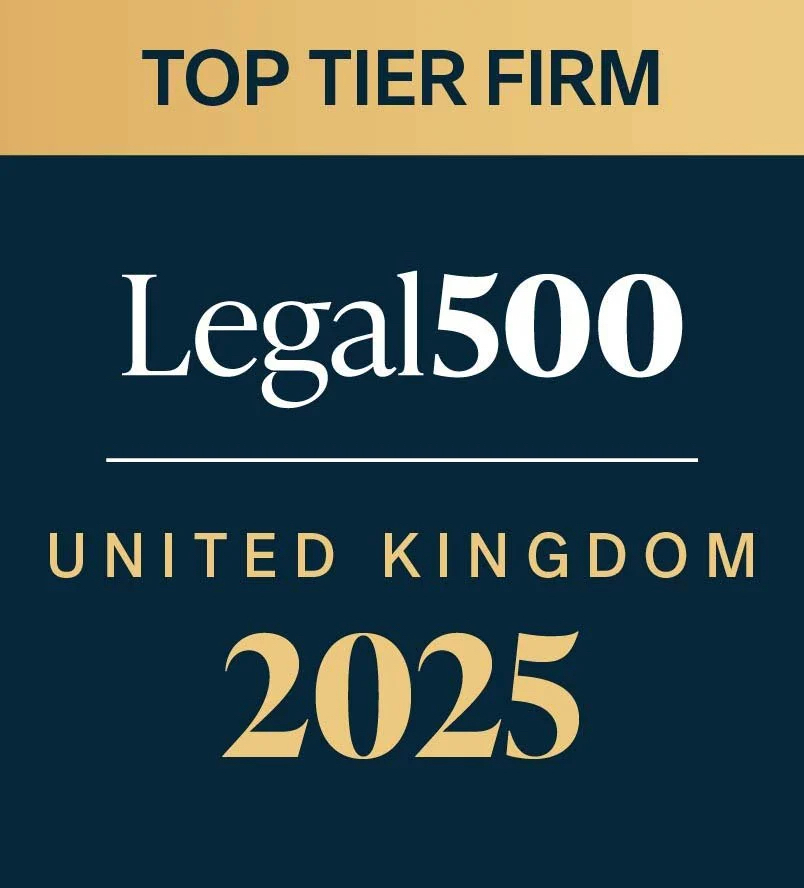The Impact of Generative AI on UK Copyright Law

At the most basic level, copyright law attempts to balance the needs of authors with the interests of society as a whole. It is intended to provide a middle ground between giving authors a sufficient incentive to create (by granting them a level of control over how their works can be used), while giving the public the right to build on or use those works in new and interesting ways.
However, copyright law is facing a major challenge: in respect of works that have been created partially or wholly using generative AI tools, it’s not immediately clear who can be considered the copyright owner with the right to exercise the legal rights available to copyright owners.
What is Copyright? Definitions, Rights and Responsibilities under UK Law
Copyright, which is dealt with in the United Kingdom by the Copyright, Designs and Patents Act 1988 (the “CDPA 1988”), is one of the best known (and most common) types of intellectual property right. Copyright arises automatically upon the creation of one of the following categories of work:
- original literary, dramatic, musical or artistic works;
- sound recordings, films or broadcasts; and
- the typographical arrangements of published editions.
Section 9(1) of the CDPA 1988 states that the “author” of a work shall be “the person who creates it”, while Section 11 makes clear that, the author of a work will generally be the first owner of any copyright in that work (except where a work is created by an employee in the course of his/her employment, in which case, and subject to any agreement to the contrary, the employer will be the first owner of any copyright in that work).
Chapter II of the CDPA 1988 outlines the rights of a copyright owner. Essentially, a copyright owner has the exclusive right to:
- copy the work;
- issue copies of the work to the public;
- rent or lend the work to the public;
- perform, show or play the work in public;
- to communicate the work to the public; and
- make an adaptation of the work or do any of the above in relation to an adaptation.
Pursuant to Section 16(2), copyright in a work is infringed by a person who, without the licence of the copyright owner does, or authorises another to do, any of the above acts. Acts of infringement are split into two classes: primary infringement (strict liability torts, meaning that no knowledge or intention is required to be shown on the part of the defendant to establish liability) and secondary infringement (where the defendant is required to have had certain specified knowledge, or reasonable grounds for having such knowledge, at the time of carrying out the act in question). In either case, a copyright holder has the legal right to bring a claim for copyright infringement against the (allegedly) infringing party.
It should be noted that the CDPA 1988 permits various acts to be carried out in relation to copyright works notwithstanding the subsistence of copyright. There are a significant number of permitted acts, many of which only apply in very specific circumstances and are beyond the scope of this article.
More Than a Tool: Using Generative AI in the Creative Process
So far, the ownership of copyright in computer-generated works has not posed much of a problem for UK copyright law. Computer programmes such as Adobe Photoshop, Adobe Illustrator, Maya, ZBrush and Substance Painter are widely used to create fully digital content for books, television shows, films and social media, while Apple’s Logic Pro and Avid’s Pro Tools have been central to the creation of the majority of music released over the last couple of decades. However, these programmes have been used as tools that facilitate the process of creation, much like a pen and paper, a piano or a film camera. Therefore, the individual using such a programme to create a work would be considered the author, and therefore the owner, of copyright in that work, and would therefore be able to exercise all the rights available to a copyright owner in respect of that work.
However, the latest AI tools (such as Dall-E 2, Midjourney and the increasingly ever-present ChatGPT) represent a marked change from this state of affairs: now, the computer programme is no longer a tool, it actually makes many of the decisions involved in the creative process without the need for human intervention. These programmes can generate detailed art, full essays, song lyrics and more in response to written prompts inputted by the user. This means that UK copyright law will have to grapple with the ownership of copyright in a work where there may arguably be no human author.
Who is the Author of Art Created Using Generative AI?
Section 9(3) of the CDPA 1988 provides that, “[i]n the case of a literary, dramatic, musical or artistic work which is computer-generated, the author shall be taken to be the person by whom the arrangements necessary for the creation of the work are undertaken”. Section 178 defines a “computer-generated” work as one that is “generated by a computer in circumstances such that there is no human author of the work”. It appears, then, that UK copyright law as it stands permits copyright in a work to subsist where it was generated by AI tools without human input (beyond the prompts needed for the tools to function), and at least prima facie to resolve the question of authorship. However, things are not as clear as they may seem. It will rarely be immediately clear who undertook the arrangements necessary for the creation of the work by the generative AI tool. Is it the person(s) who organised and funded the project? What about the people involved in developing the AI software, and teaching that software to function? Is it the user, who chooses the inputs and settings needed for the AI to create the work in question?
The upshot is that the CDPA 1988 does not make clear who should be considered the author of art created using generative AI tools. There are likely to be disputes on who the author is, particularly given that there could be several people and/or companies who claim to be responsible. The logical extension of the debate is whether the AI tool itself could ever be considered the author of a work and therefore a legal person, in the same way that a company has legal personality with the ability to own and enforce rights.
While the question of ownership is a difficult one, it may be preferable to wrestle with this issue than to accept the alternative: stating that copyright does not and cannot subsist in works created by generative AI tools (an approach adopted by the US recently). While this may appear to be an easier solution, it’s worth remembering that the whole purpose of copyright is to provide an incentive for creation. If works that were generated, either in part or entirely, by AI tools were categorically stated to be free from copyright, they could be freely used, reused, adapted and shared by anyone without the risk of infringing anybody’s rights. It’s easy to imagine this causing a stagnation in the creative economy, because there is little incentive to create using these powerful AI tools if one cannot benefit from, or at least protect, the creation. We do not have to look very far to find a prescient example of this issue: the Writers Guild of America, the union that bargains on behalf of Hollywood’s many working writers, is preparing for strike action to ensure, among other things, that screenplays, teleplays, script outlines and treatments can’t be generated by AI, in response to fears that generative AI tools may be used as a cost-cutting (and therefore job-cutting) measure by cash-strapped movie studios.
Thoughts for the Future
AI is not just generating art, it is generating a range of fascinating questions that force us to look again at our existing legal frameworks. Indeed, just this week, Dr Geoffrey Hinton, a pioneering scientist widely credited as the “godfather of AI”, has quit his job at Google in order to be able to speak freely about the dangers of AI. While the inadequacy of UK copyright law may not be as high on his list of “existential risks” as the possibility of manipulation of electorates and mass job losses, it remains a key issue for practitioners and authors alike. The US Copyright Office has taken the approach of stating that only human-made creations are eligible for copyright, meaning that AI-generated works are not eligible. By contrast, the UK has not, to date, amended the CDPA 1988, meaning that AI-generated works are eligible for copyright protection. The person who makes the arrangements necessary for the creation of the work will be considered the owner of the copyright in that work. How this will operate in practice, particularly as computational power continues to develop and AI tools obtain ever more impressive functionality, remains to be seen. Creatives and practitioners should keep a close eye on developments as it is likely that the issue will be litigated in the UK courts sooner rather than later.
If you would like any further information or advice, please contact James Milliken from the Commercial team.
*This information is for guidance purposes only and does not constitute, nor should be regarded, as a substitute for taking legal advice that is tailored to your circumstances.
About the author






